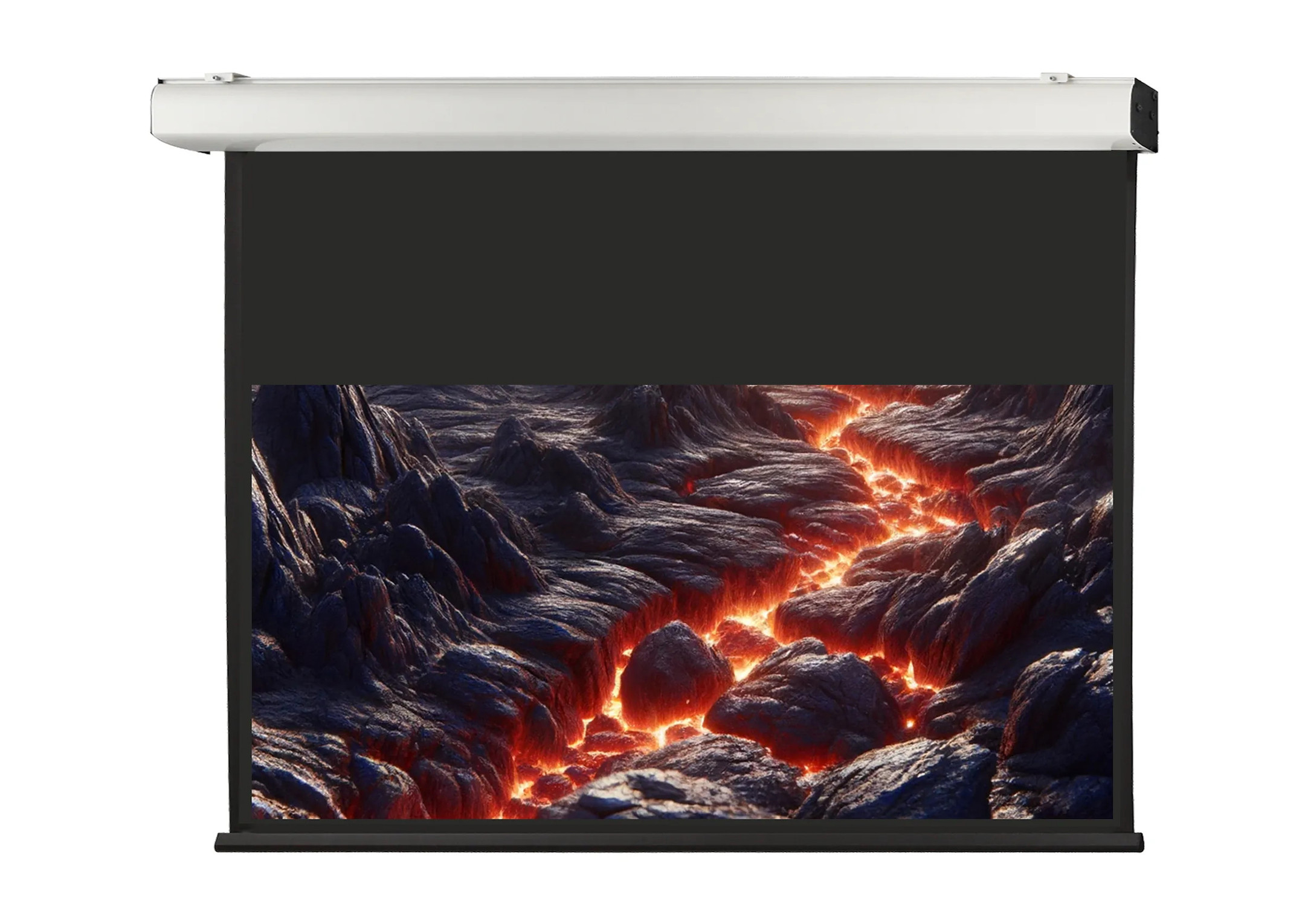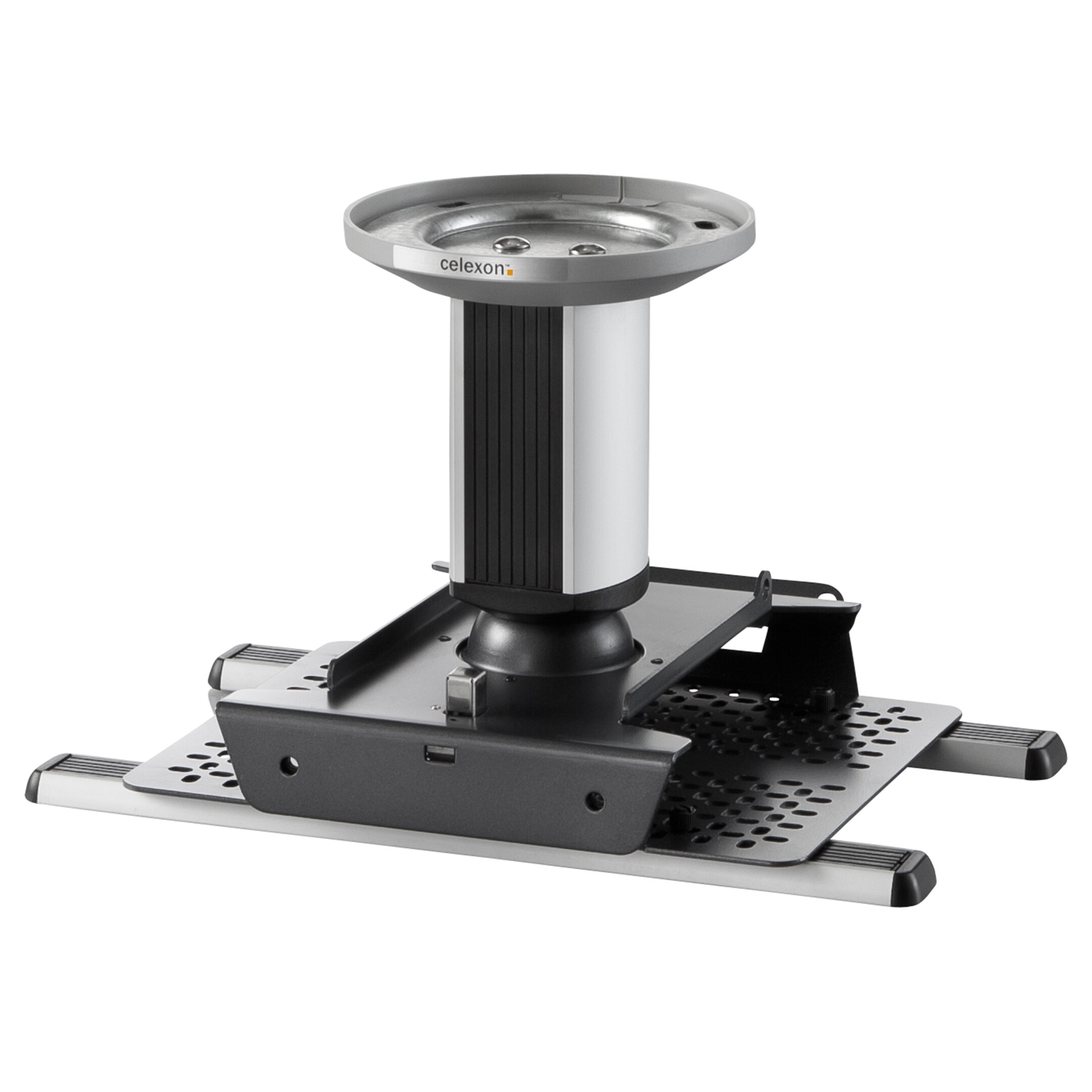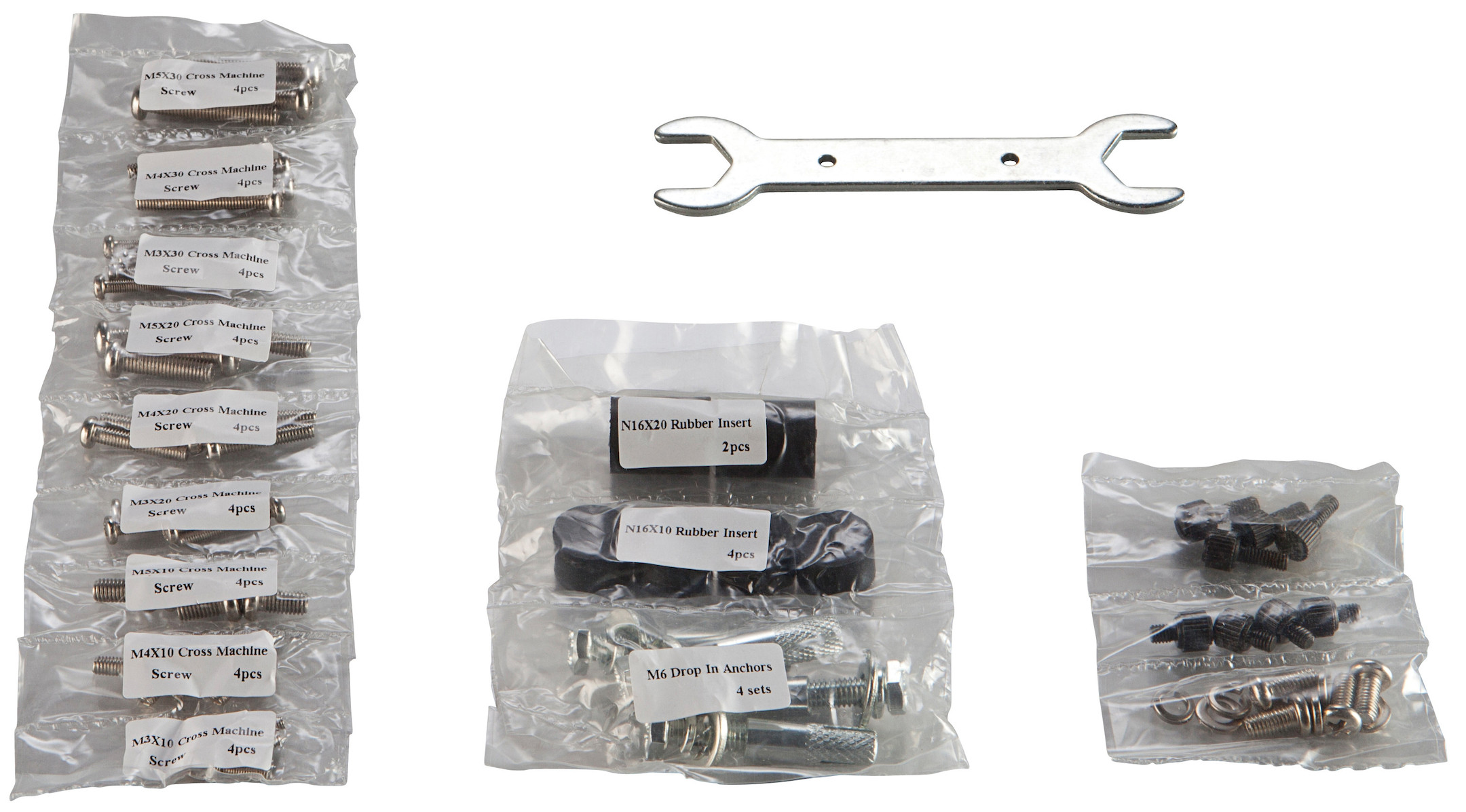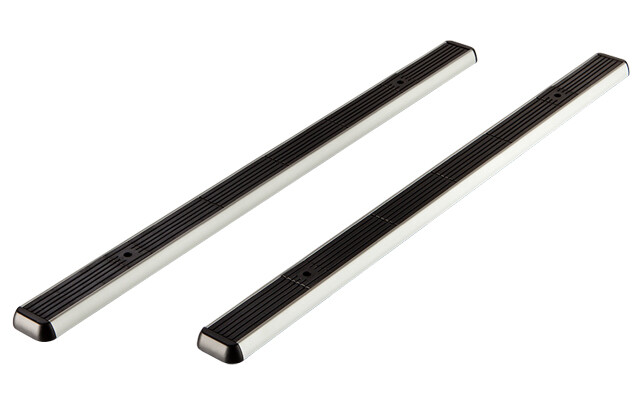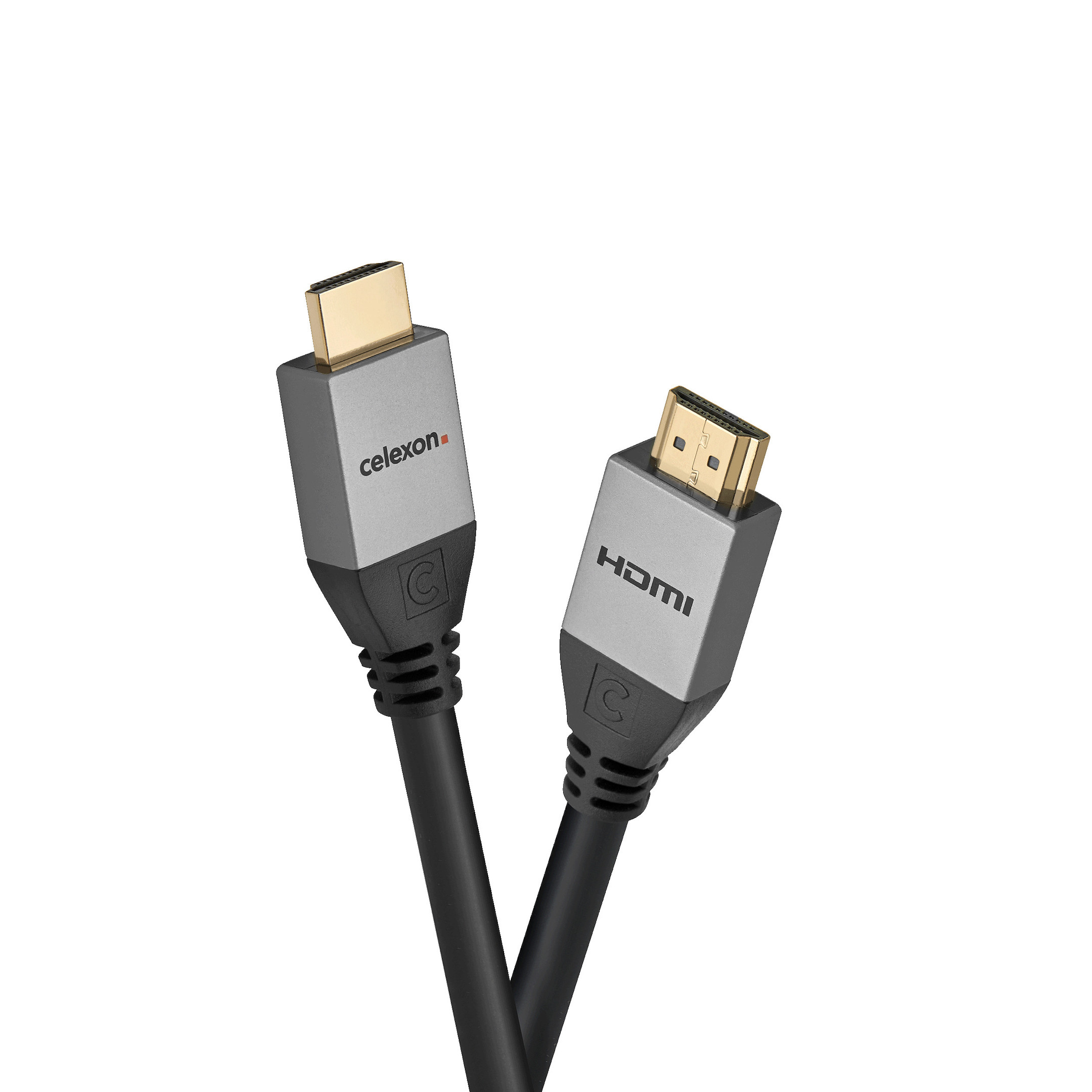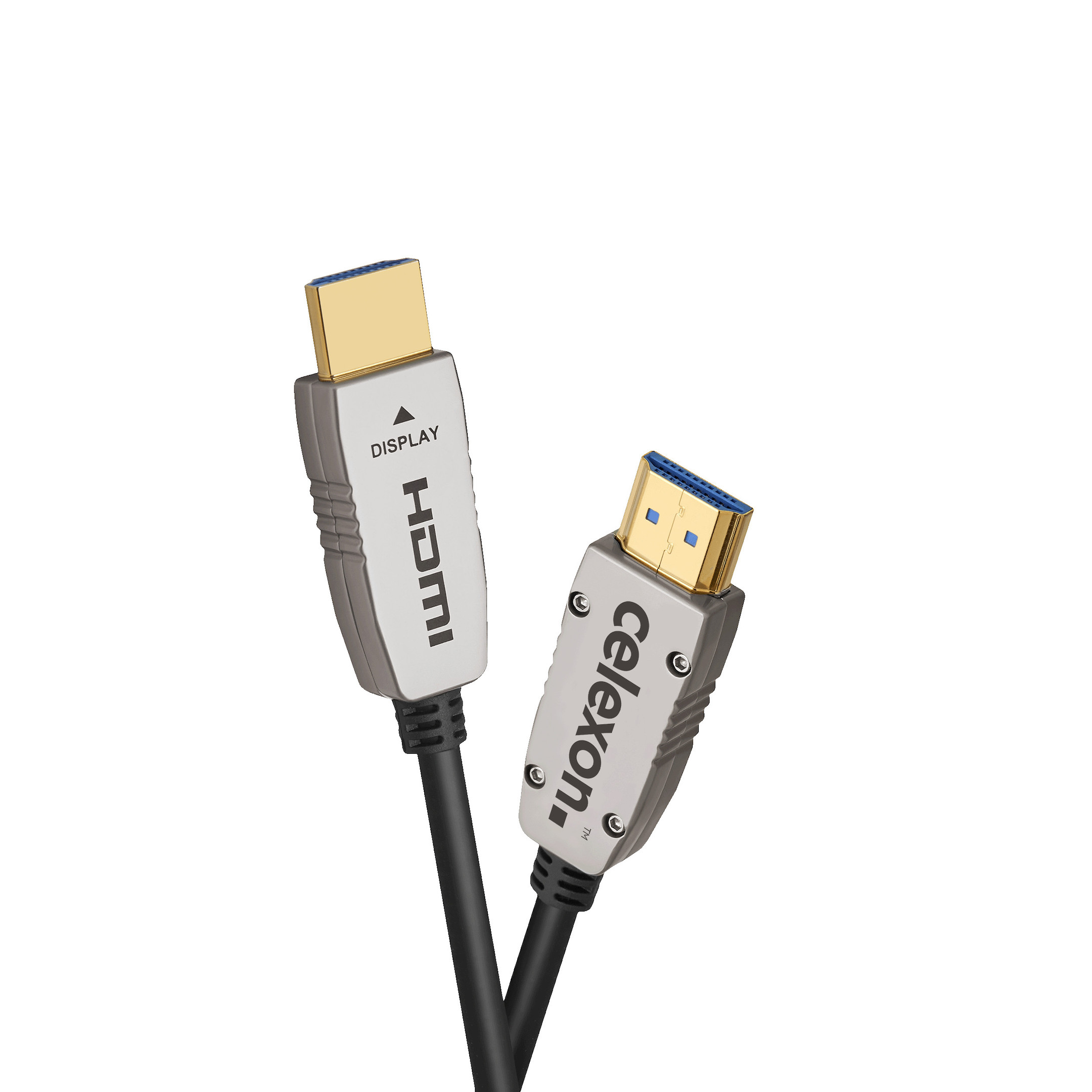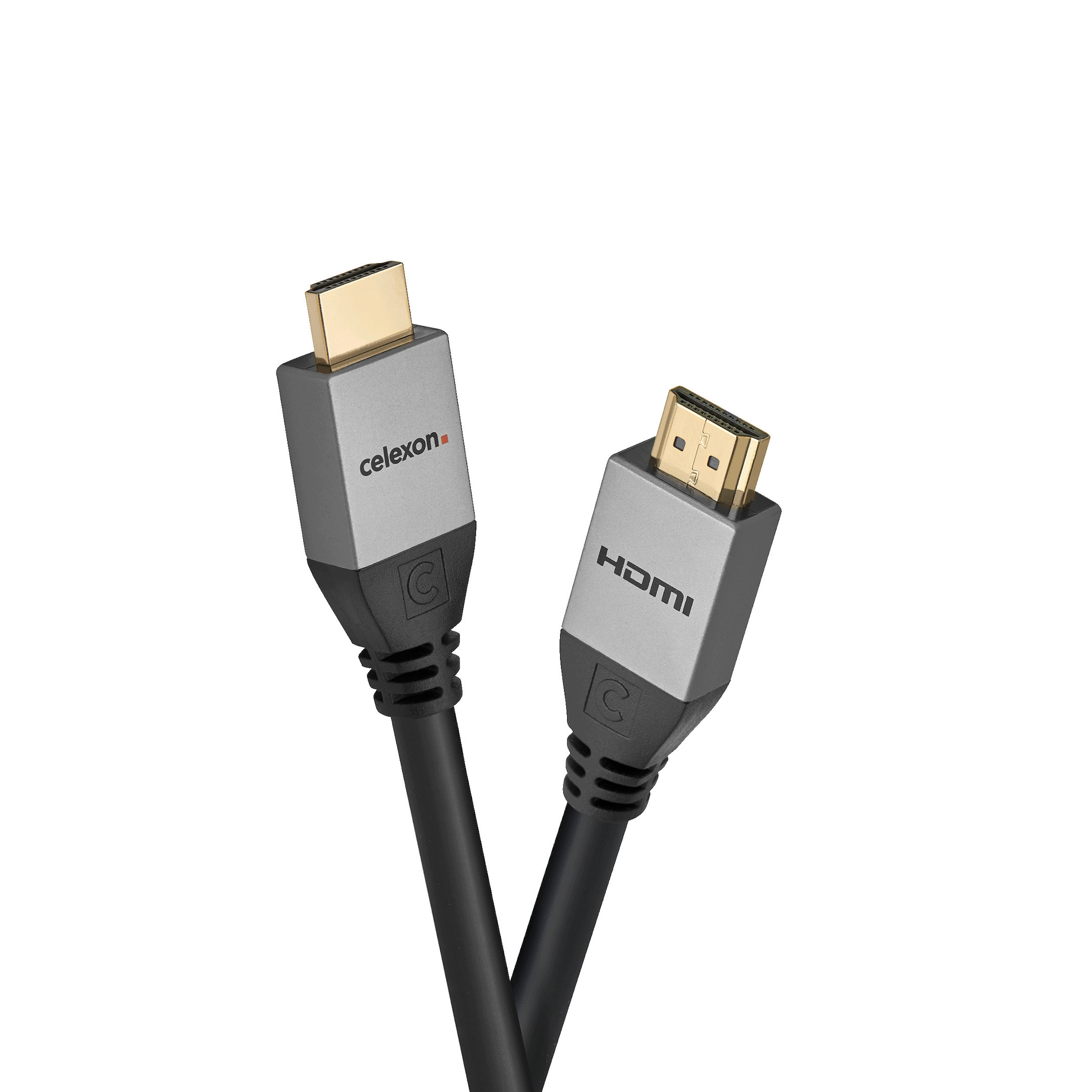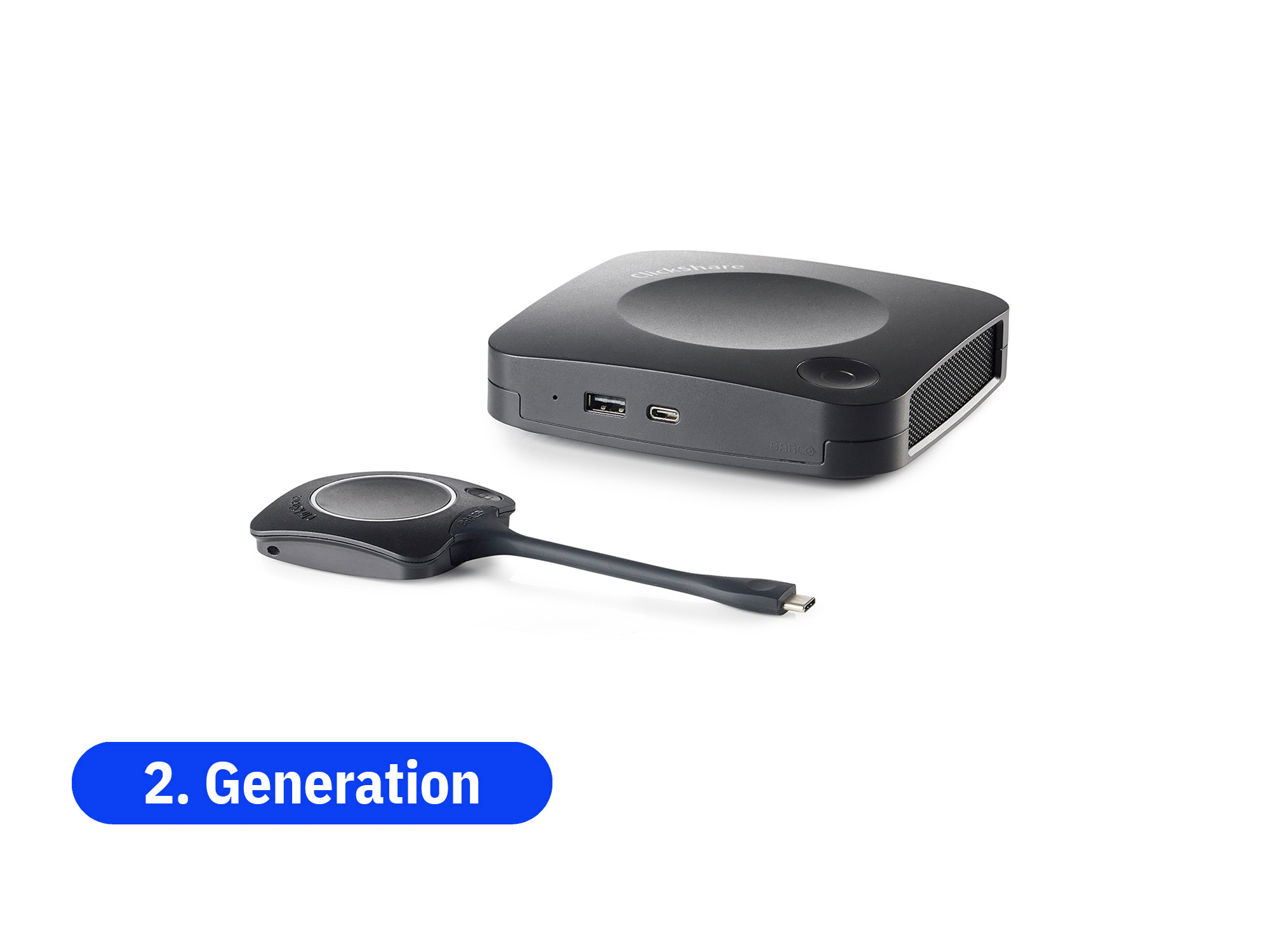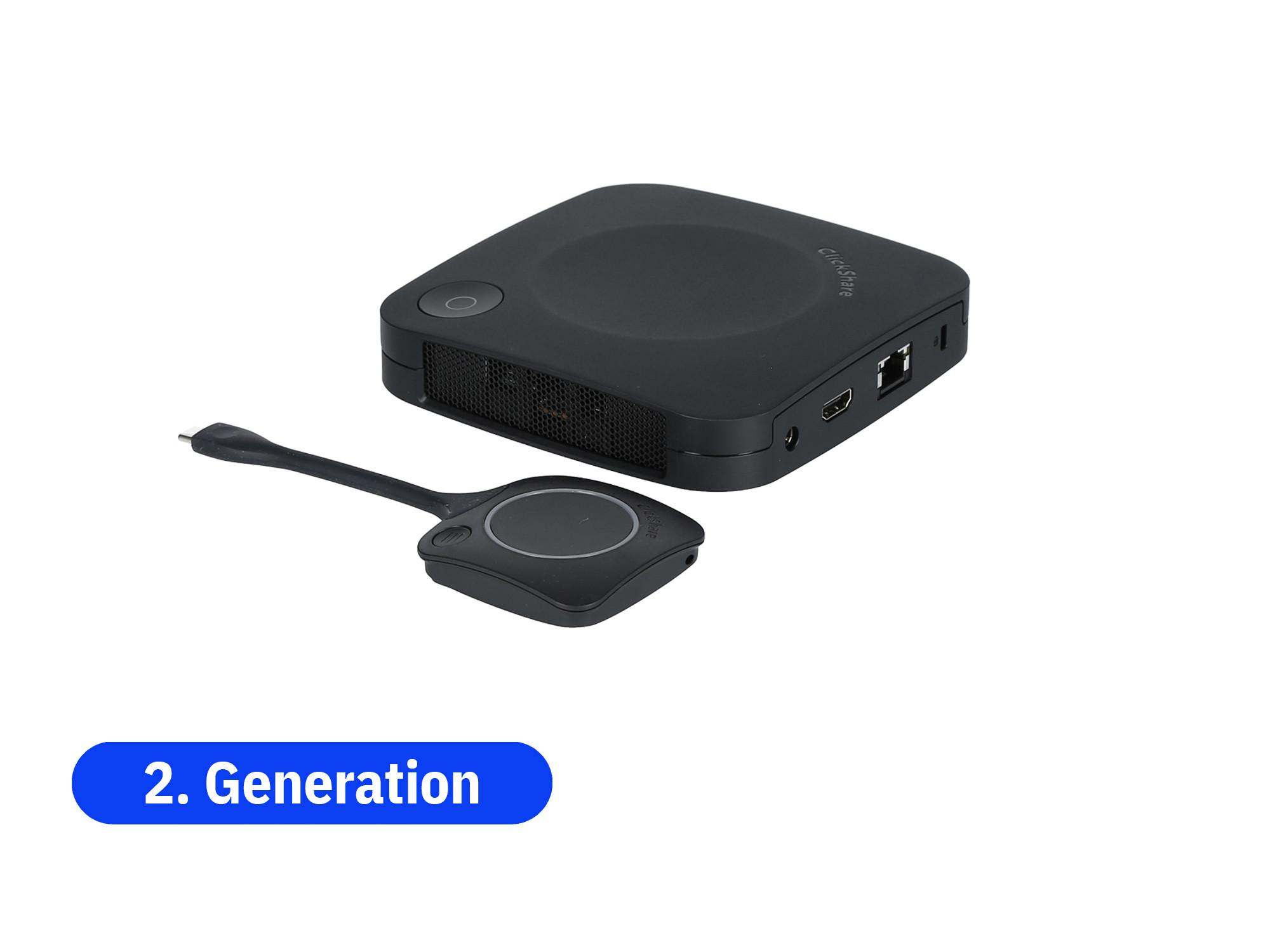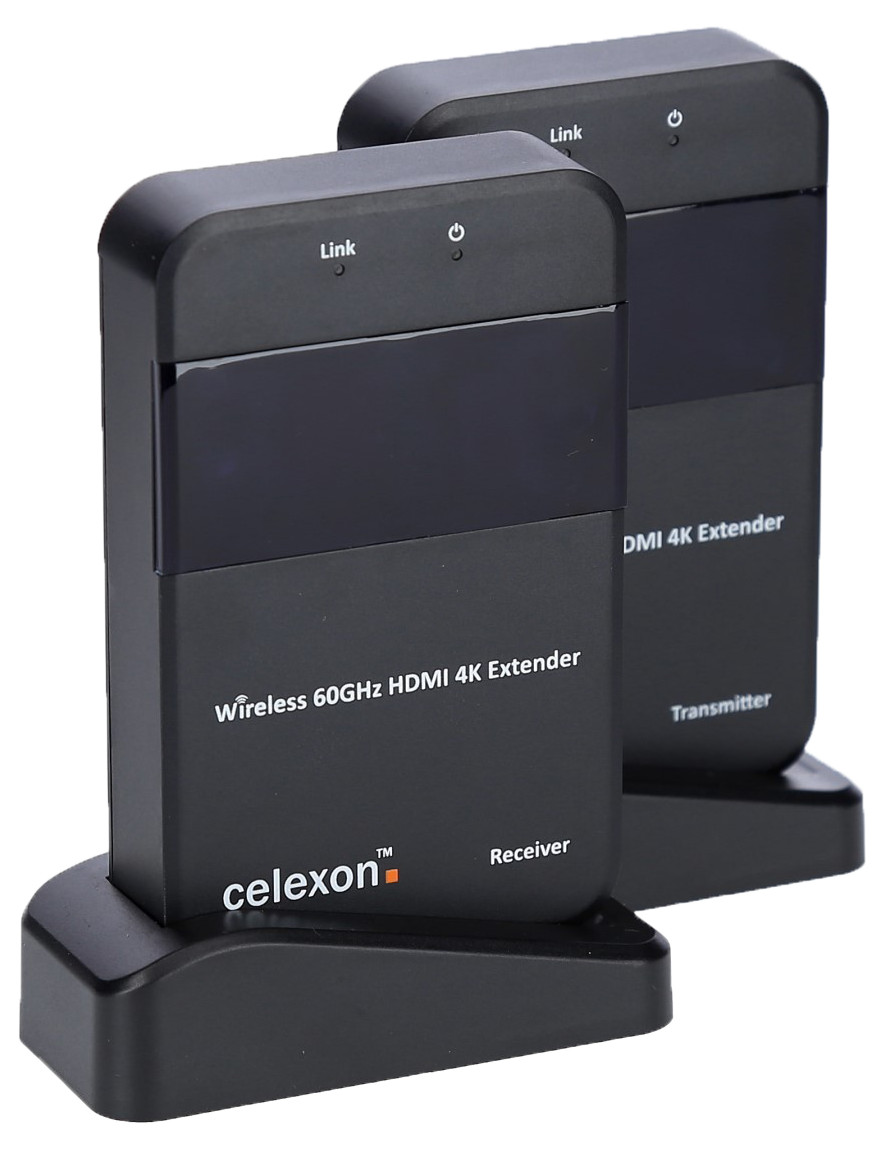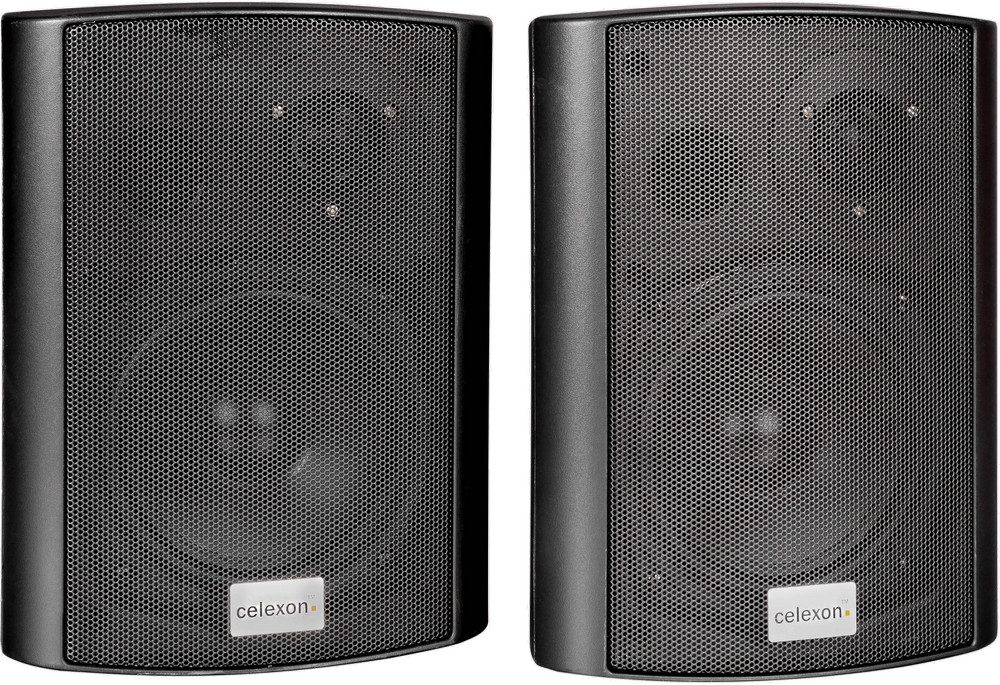Free shipping

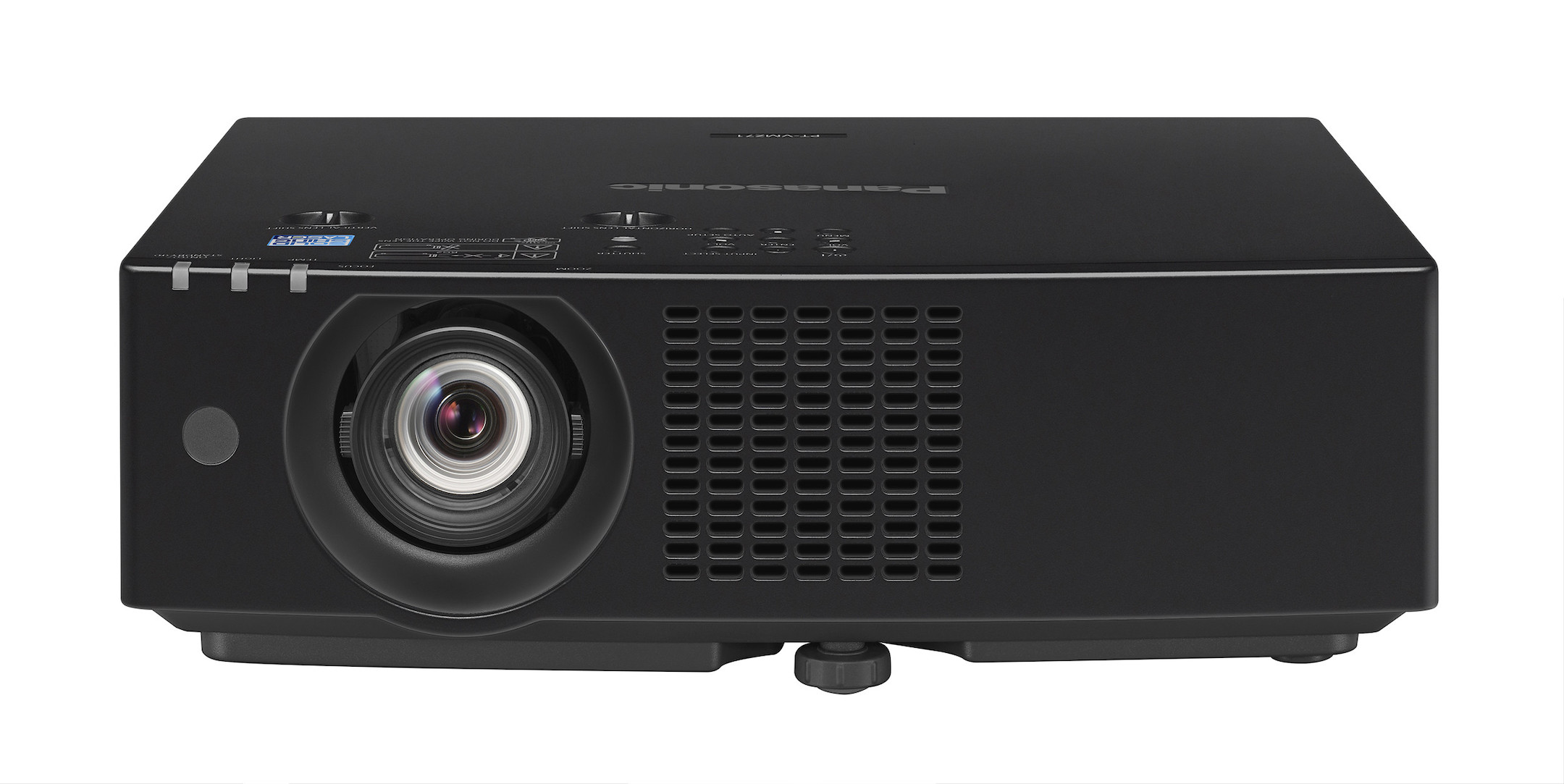






£3,245.34*
Prices incl. VAT.
Available again on 25.05.2025.
Free shipping Product number: 1000021454
- Light Brightness 7,000 Lumen
- Resolution 1920 x 1200 WUXGA
- Aspect Ratio 16:10
- Operating noise 39 dB


visunext Services
Frequently purchased together
Product information
The smallest and lightest LCD laser projector in its class produces crystal clear and impressive images even in light-filled meeting rooms and classrooms. A high brightness of 7,000 lm, a contrast ratio of 3,000,000:1 and vivid colours ensure an engaging presentation experience.
The compact body weighing 7.0 kg (15.43 lbs) makes installation easy, while the 1.6x zoom, various lens adjustment options and 6-point screen correction allow projection in almost any area, even in corners. With support for CEC commands and 4K signals via HDMI®, you benefit from straightforward integration.
Connect the devices you want to the projector via Wi-Fi by simply scanning a QR code on the screen with your smartphone. Share videos, documents and more via PC software and apps. You can also project media from a USB stick.
Experience the following highlights:
- 7000 ANSI lumens
- WUXGA resolution
- Compact housing and low power consumption
introduction of the world's smallest and lightest LCD laser projector
Weighing only 7.0 kg (15.43 lbs), the PT-VMZ71 series represents the smallest and lightest LCD laser projector in its class with a brightness of up to 7.000 lm in a compact, handy housing. Its lightweight design makes it easy to transport from room to room and effortless to install on the ceiling. With its elegant appearance and quiet operation, the projector blends harmoniously into your room concept so that the focus of attention remains on the presentation.
Bright, easy-to-see images in light-filled rooms
Since projectors are used in offices and classrooms with the lights on and blinds open, they must have high light output to produce a bright image. Thanks to a carefully improved optical unit, the PT-VMZ71 series produces up to 7,000 lm of brightness - more than most professional projectors of a comparable size. Dark, washed-out projections are a thing of the past: Look forward to large, bright and vivid images in bright environments, making classes or meetings that much more engaging.
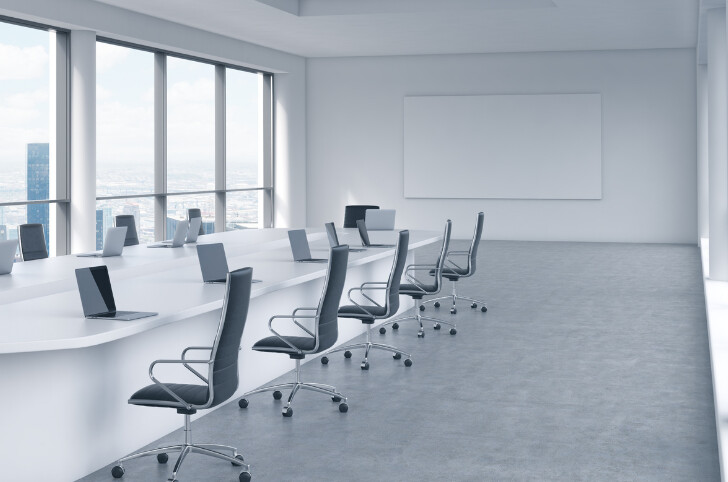
High dynamic contrast of 3,000,000:1
Input signals are analysed frame by frame to adjust light output for the best contrast performance in each scene. In addition to accurately reproducing images with dark and light colour areas, Dynamic Contrast also provides greater energy efficiency than other technologies and can be adjusted to suit the content or room lighting. The projector's high contrast ratio of 3,000,000:1 provides better detail definition in shadow areas with richer blacks, brighter whites and more natural skin tones for greater depth and sharpness.
20 per cent less power consumption
The PT-VMZ71 series uses approximately 20 per cent less power than the previous series. By simply pressing the ECO button on the remote control, efficiency is further increased and brightness is optimally adjusted to the ambient light. With energy-efficient Panasonic projections in your meeting or classroom, you can meet your CSR environmental goals while reducing waste.
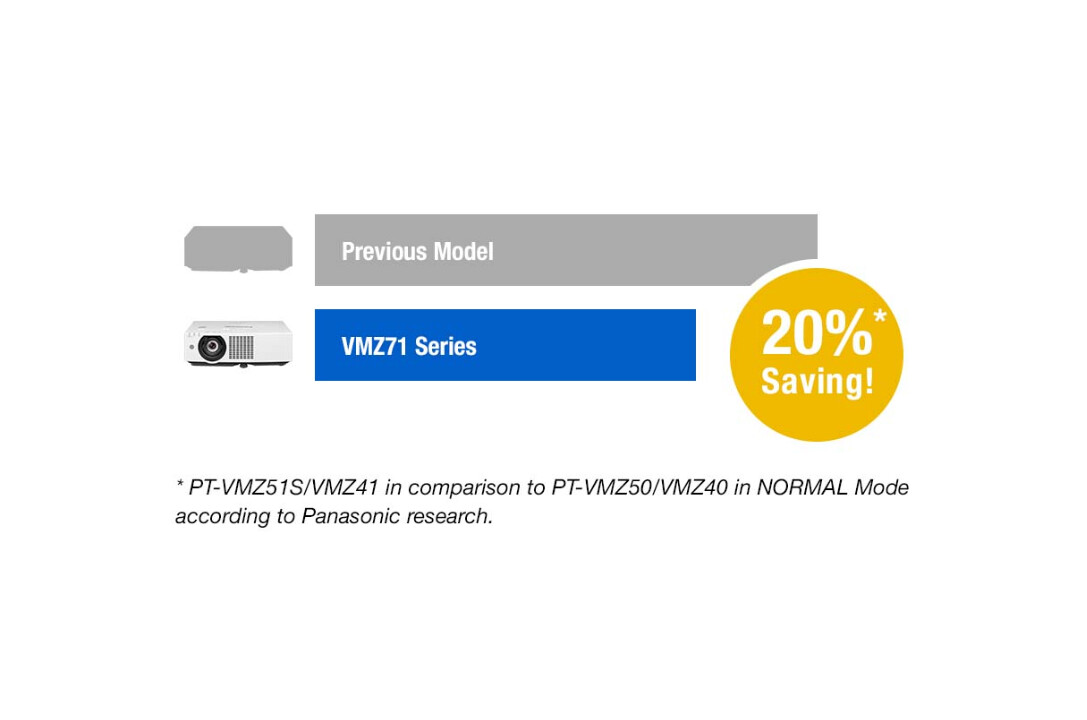
Versatile 1.6x zoom with wide V/H lens shift range
The built-in 1.6x optical zoom (1.09-1.77:1) supports up-close or distance projection, enhancing projector location flexibility and bringing large, easily viewable images into rooms of different sizes and shapes. The V/H Lens Shift feature provides +44% to 0% Vertical Adjustment, useful when projecting from a high ceiling, and ±20% Horizontal Adjustment to correctly place the image when projecting off-axis onto the screen.
New Digital Zoom Extender feature
When upgrading the projectors in your school or business, you should also consider whether the new models can be installed in the existing ceiling mounting positions. In some cases, the projection distance required to produce an image of the desired size may exceed the optical zoom range of the projector. Panasonic solves this problem with a new Digital Zoom Extender function, first found in the PT-VMZ71 series. It provides a convenient way to adjust the image to your projection surface beyond the optical zoom range. This means you don't have to necessarily mount your projector in a different location, which should also mean less cost and effort for your next refurbishment.
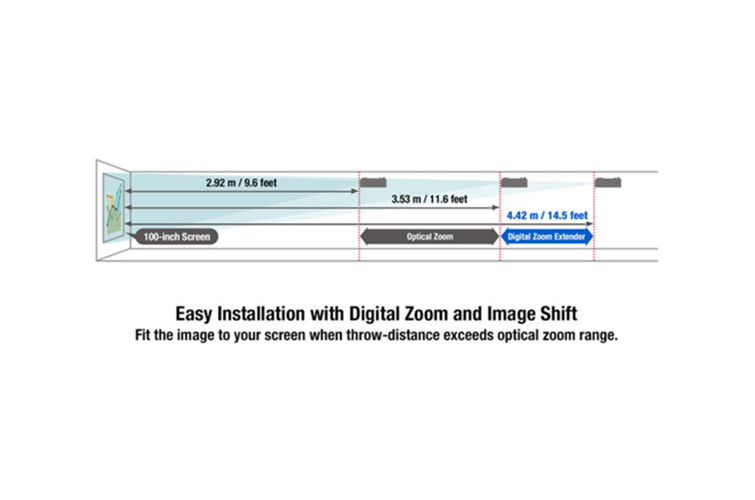
Easy operation with two CEC-compatible HDMI® inputs
HDMI inputs are compatible with control signals sent via a CEC-compatible component. This allows you to control the projector to a limited extent via the remote control of the compatible source device. When a compatible device such as the optional PressIT wireless presentation system is connected to the projector via HDMI, the projector automatically turns on from standby and starts playback at the touch of a button.

New 6-point screen adjustment for projections in room corners
The PT-VMZ71 series is the first Panasonic projector with 6-point screen adjustment. Using a remote control, you control the four-corner adjustment and V/H keystone correction, removing trapezoidal distortion that can occur when projecting from certain positions, such as a high ceiling. Two additional control points at the top and bottom centre of the screen can also be used to avoid distortion in corner projections.
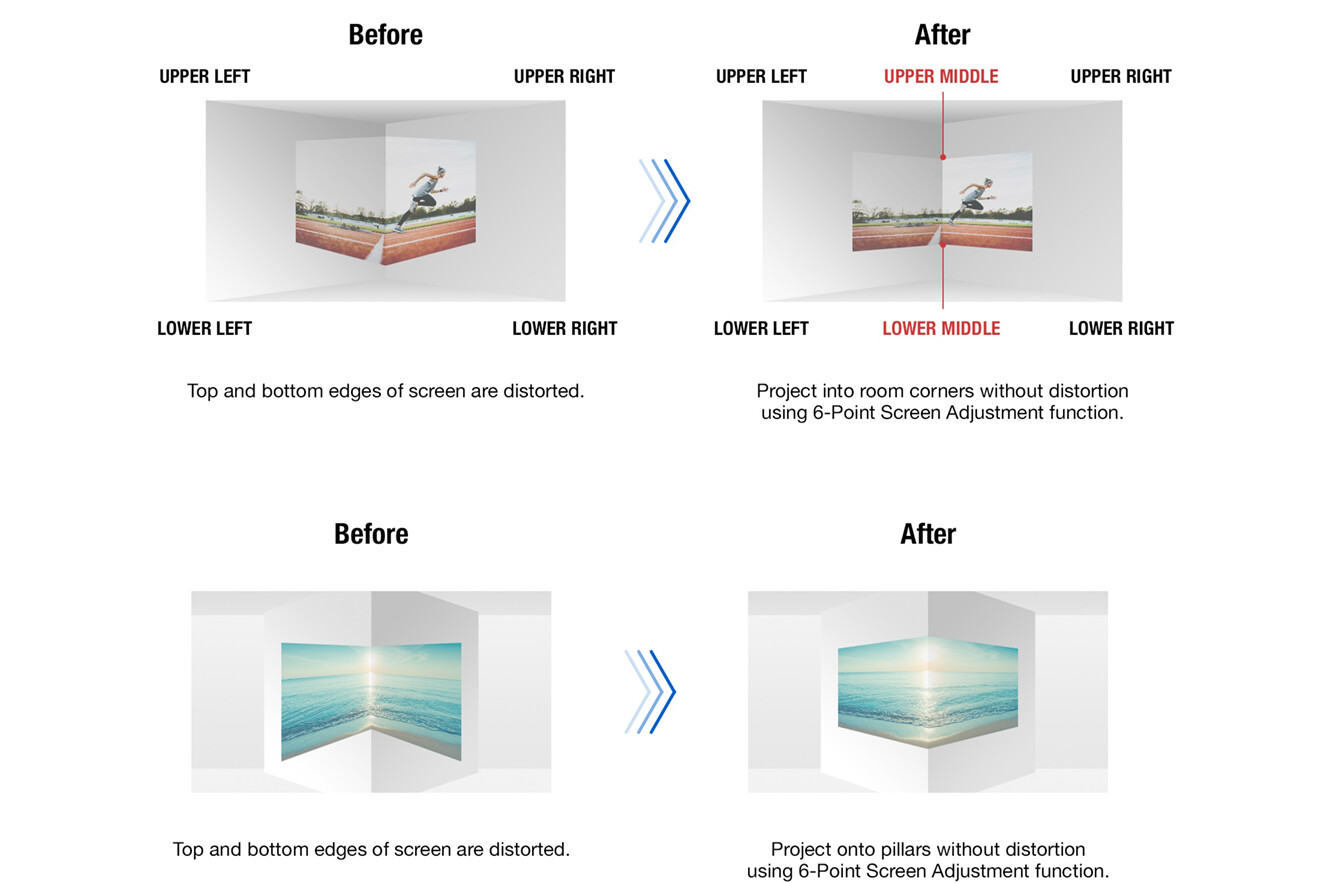
Supports 4K input signals via HDMI and DIGITAL LINK
The PT-VMZ71 series supports 4K video input signals via DIGITAL LINK and HDMI connections. This feature proves to be a particularly big advantage when integrating the projectors into an existing 4K-capable system infrastructure where the same 4K signal needs to be transmitted to a network of terminals with different display resolutions, as it eliminates the need for external converters or re-encoding of the source.
Shutter function is ideal for short breaks
Press a button on the top of the unit or on the remote control to temporarily block the output of the light source via the shutter function. This feature is useful when you want to take a short break or pause content during a class or meeting without displaying an image, but want the projector to stay on for a delay-free continuation.
Power selected devices via USB-DC port
The projector has a USB port (5 V/2 A) to power the optional PressIT wireless presentation system or a compatible HDMI media streaming device for discreet installation on the ceiling without additional power.
Technical data
| Name | Panasonic PT-VMZ71BEJ Projector, 1920 x 1200 WUXGA, 7000 Lumen |
|---|---|
| Article number | 1000021454 |
| GTIN/EAN | 5025232923281 |
| Manufacturer SKU | PT-VMZ71BEJ |
| Lamp life (ECO) | 24,000 Hour |
| Lens included | Yes |
| Model name | PT-VMZ71 |
| Brand | Panasonic |
| Product Type | Projector |
| Product Series | Panasonic VMZ Series |
| Application | Business projector , Installation projectors |
| Projector Type | LCD |
| Projector lamp type | Laser |
| ANSI Lumen | 7,000 ANSI Lumen |
| ISO Lumen | 7,000 ISO Lumen |
| Resolution | 1920 x 1200 WUXGA |
| Aspect Ratio | 16:10 |
| Contrast Ratio | 3,000,000 :1 |
| Operating noise | 39 dB |
| Operating noise - ECO | 29 dB |
| Lamp life | 20,000 Hour |
| run-time | 24/7 |
| Minimum Projection Distance | 100 cm |
| Maximum Projection Distance | 800 cm |
| Minimum Projection Ratio | 1.09 |
| Maximum Projection Ratio | 1.77 |
| Minimum Lens-Shift Horizontal | -20% |
| Maximum Lens-Shift Horizontal | 20% |
| Minimum Lens-Shift Vertical | 0% |
| Maximum Lens-Shift Vertical | 40% |
| Lens Zoom | 1.6 |
| Horizontal Keystone | 35% |
| Vertical Keystone | 25% |
| Inputs | 1x 3,5mm Jack , 1x Ethernet , 1x USB-A , 2x HDMI , 2x VGA |
| wireless technology | WiFi |
| Features | 360° projection , Integrated speaker , Lens Shift |
| Product width | 39.9 cm |
| Product height | 11.5 cm |
| Product depth | 34.8 cm |
| Weight | 6.5 kg |
| Colour | Black |
| Delivery contents | Battery pack , Power cable , Quick user guide , Remote control |
| Condition | New |
| Warranty | 24 Month |
| Warranty type | Bringin service Service and support information |
Downloads
Projection distance calculator
Need help finding the right beamer?
Contact our experts for help!
Contact our experts for help!
Distance:
- cm
Image size:
Wide
Height
Diagonal
min
cm
cm
″
max
cm
cm
″
Screen diagonal (″)
Width in cm
Height in cm
Format
Format
Distance
Format
Format
Product safety
| Person responsible for the EU |
|---|
| Panasonic Deutschland |
| Winsbergring 15 |
| 22525 Hamburg |
| Germany |
| panasonic.de@eu.panasonic.com |




